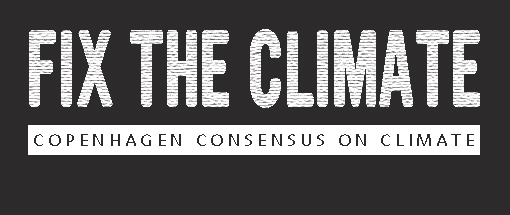Samson Banda, Zambia
When he first got sick, Samson Banda didn't realize he had malaria. Only after he came down with a serious fever did he end up at a clinic in the Bauleni slum compound in Lusaka, Zambia. The clinic has just a few nurses and staff with basic medical skills. Locals can wait for an entire day to be seen.
Unchecked malaria is serious. Nine out of 10 of the world's annual one million malaria-caused deaths occur in sub-Saharan Africa. The disease—transmitted via mosquitoes—can cause low blood sugar, an enlarged spleen and liver, severe headaches, a shortage of oxygen to the brain, and renal failure. It can lead to coma and death. Twenty-seven year-old Samson was ill for six months before he started to recover.
Bauleni is an ideal breeding ground for mosquitoes during the rainy season between November and April. The slum lacks any sanitation or sewer supply, so locals dig pit latrines. The waste overflows. Most adults have some long-term infection that tends to recur.
"Our conditions are pathetic—both the health clinics and the sanitation in this area," Samson told a Copenhagen Consensus Center researcher.
Ask what he wants to see foreign donors' money spent on, and he is quick to answer: better health care. When he is asked about global warming, Samson responds: "I have heard about it, but I don't even know how it would affect me. If I die from malaria tomorrow, why should I care about global warming?"
In the West, campaigners for carbon regulations point out that global warming will increase the number of malaria victims. This is often used as an argument for drastic, immediate carbon cuts.
Warmer, wetter weather will improve conditions for the malaria parasite. Most estimates suggest that global warming will put 3% more of the Earth's population at risk of catching malaria by 2100. If we invest in the most efficient, global carbon cuts—designed to keep temperature rises under two degrees Celsius—we would spend a massive $40 trillion a year by 2100. In the best case scenario, we would reduce the at-risk population by only 3%.
In comparison, research commissioned by the Copenhagen Consensus Center shows that spending $3 billion annually on mosquito nets, environmentally safe indoor DDT sprays, and subsidies for effective new combination therapies could halve the number of those infected with malaria within one decade. For the money it takes to save one life with carbon cuts, smarter policies could save 78,000 lives. Samson has not done these calculations, but for him it is simple: "First things first," he says. Malaria "is here right now and it kills a lot of people every day."
Malaria is only weakly related to temperature; it is strongly related to poverty. It has risen in sub-Saharan Africa over the past 20 years not because of global warming, but because of failing medical response. The mainstay treatment, chloroquine, is becoming less and less effective. The malaria parasite is becoming resistant, and there is a need for new, effective combination treatments based on artemisinin, which is unfortunately about 10 times more expensive.
Samson is right to ask what spending money on global warming could do for him and his family. The truthful answer? Very little. For a lot less, we could achieve a lot more.
Researcher: Thor Hampus Bank


